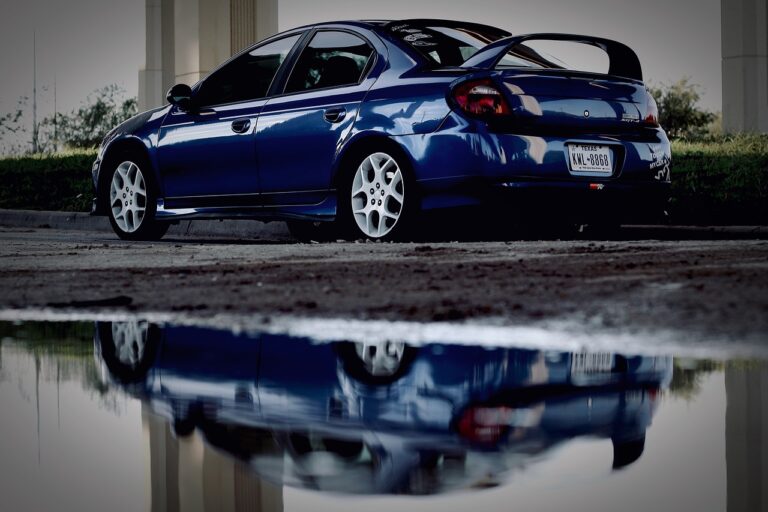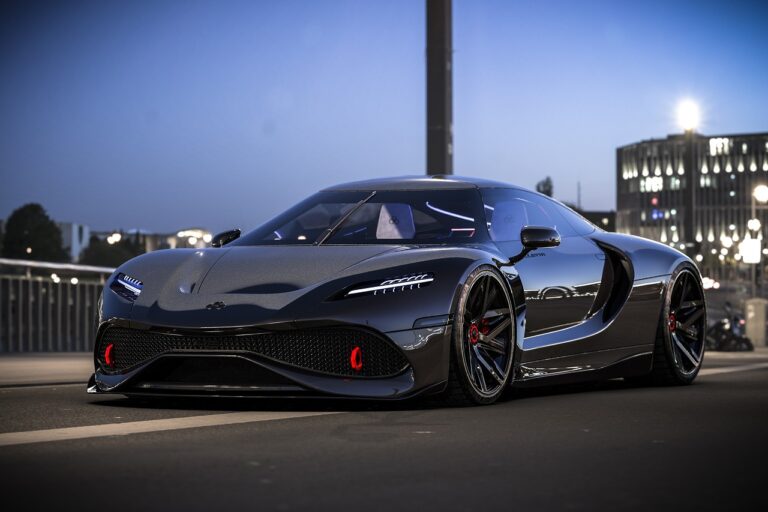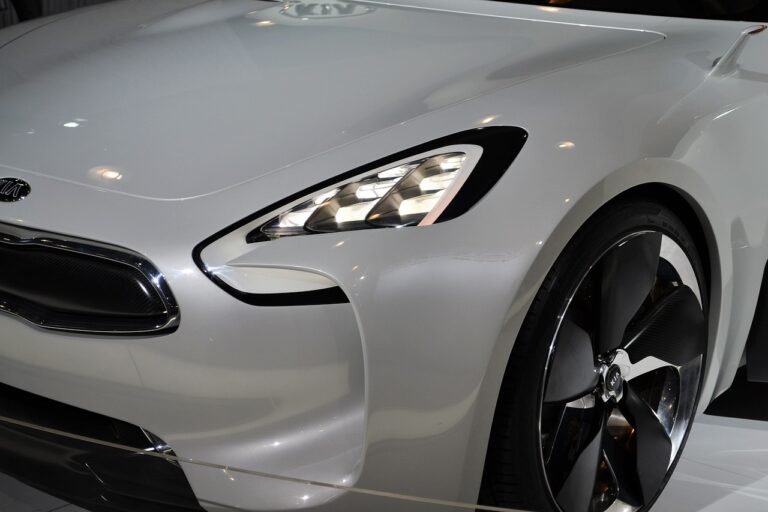Investigating the Role of 3D Printing in Custom Car Modifications
Custom car modifications have a rich history dating back to the early days of automobiles. Enthusiasts have always sought to personalize their vehicles to reflect their unique style and preferences. In the past, modifications mainly involved simple alterations such as changing the paint color or adding custom decals.
As the automotive industry advanced, so did the range of modifications available to car owners. From performance upgrades to aesthetic enhancements, the options for customizing a vehicle have become almost limitless. Today, custom car modifications encompass a wide array of possibilities, including body kits, engine swaps, suspension adjustments, and interior modifications.
• With the rise of technology, custom car modifications have become more sophisticated and high-tech
• Customization can now include features such as LED lighting, digital displays, and advanced audio systems
• Some enthusiasts even go as far as creating one-of-a-kind vehicles with unique designs and features that set them apart from the rest
• The evolution of custom car modifications has created a thriving industry with specialized shops and manufacturers catering to the demand for personalized vehicles
The Impact of 3D Printing Technology on the Automotive Industry
Advancements in 3D printing technology have revolutionized the automotive industry, offering new possibilities in design and manufacturing processes. Companies can now produce complex car parts with intricate geometries that were previously challenging to create using traditional methods. This has led to increased efficiency and cost savings in production, as well as allowing for greater customization options for car manufacturers.
Furthermore, 3D printing has enabled the rapid prototyping of car components, accelerating the product development cycle. Engineers can quickly iterate and test different designs without the need for expensive tooling. This flexibility has significantly shortened the time it takes to bring new vehicles to market, giving car manufacturers a competitive edge in today’s fast-paced industry.
Advantages of Using 3D Printing for Custom Car Parts
3D printing technology has revolutionized the way custom car parts are produced. One of the significant advantages of using 3D printing for custom car parts is the ability to create complex designs with intricate details that would be difficult or impossible to achieve through traditional manufacturing methods. This level of customization allows car enthusiasts and manufacturers to tailor parts to specific requirements, enhancing both the aesthetic appeal and functionality of the vehicle.
Moreover, 3D printing enables quick prototyping and production of custom car parts, reducing the time and cost associated with traditional manufacturing processes. Design modifications can be easily implemented and tested, accelerating the development cycle and bringing innovative designs to the market faster. This flexibility is particularly beneficial for niche markets and one-off designs, where the cost efficiencies of mass production may not be feasible.
How has custom car modifications evolved over the years?
Custom car modifications have evolved from simple aesthetic changes to more complex and functional upgrades, thanks to advancements in technology.
What impact has 3D printing technology had on the automotive industry?
3D printing technology has revolutionized the automotive industry by allowing for the quick and cost-effective production of custom car parts.
What are the advantages of using 3D printing for custom car parts?
Some advantages of using 3D printing for custom car parts include faster production times, lower costs, and the ability to create complex designs that are not possible with traditional manufacturing methods.





